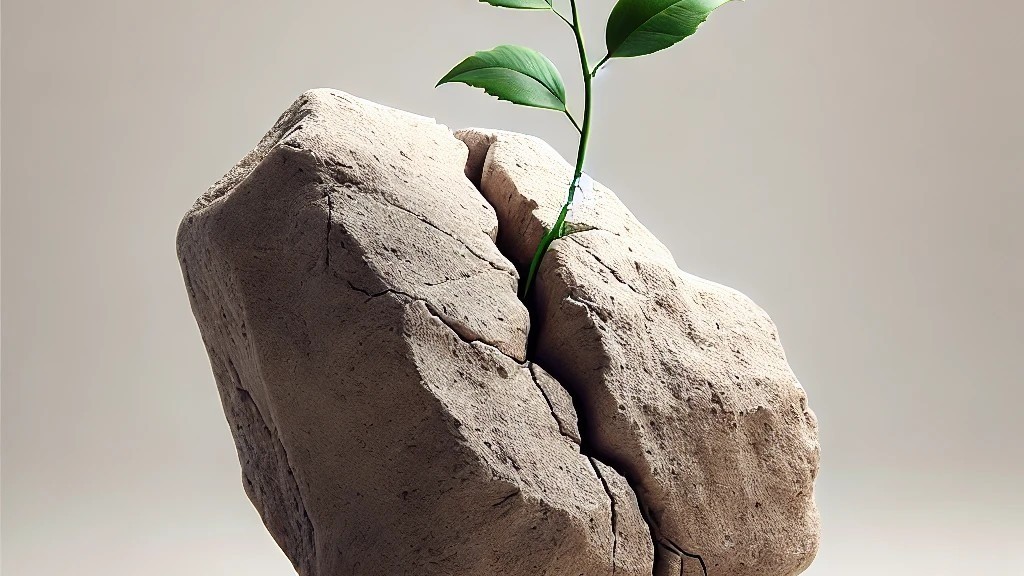Rethinking Resilience: From Surviving to Thriving
In the past, I strongly advocated for resilience, proudly stating that my country, Yemen, is resilient and that communities can adapt to difficult times. However, I have come to a harsh reality: resilience is not all good and shiny; it has a dark side.
In war zones and humanitarian crises, “resilience” has become a badge of honor, a testament to people’s ability to survive against the odds. But is resilience only about survival in extreme adversity? Or can it become a force for change, helping communities endure, rebuild, and thrive?
Resilience: More Than Endurance
Resilience, particularly in contexts of war and crisis, often focuses on people’s ability to withstand intense hardship. However, to truly support communities, resilience must mean more than “getting by.” Real resilience involves equipping people to transform challenges into lasting recovery and growth pathways.
Thriving Resilience vs. Surviving Resilience
Resilience should go beyond just surviving the chaos. Thriving resilience aims to:
- Help people adapt without losing their dignity or future prospects.
- Enable communities to protect themselves as they develop new tools and approaches.
- Encourage innovation in response to crisis so that solutions are tailored to local needs.
On the other hand, “surviving resilience” often comes at a great cost. When communities have no choice but to adapt to violence, displacement, and scarcity, they may end up normalizing harmful practices—child labor, food insecurity, and limited access to health services. This form of resilience helps people endure, but it can also entrench them in cycles of hardship that are difficult to break.
Forced Adaptation: The Double-Edged Sword
War, violence, and humanitarian crises force people to adapt to harsh realities, but this type of adaptation can quickly become a trap. When survival depends on unsafe or undignified conditions, resilience becomes a burden, reinforcing vulnerability instead of alleviating it. Normalizing poverty, malnutrition, and even violence as part of “resilience” carries long-term consequences that can keep communities in crisis mode.
Rethinking Resilience for War-Affected Communities
Even in the harshest environments, communities have shown what thriving resilience can look like: some examples I came across through my career:
- Community-led education initiatives in conflict zones offer learning opportunities when formal schools shut down.
- Local health initiatives leverage limited resources to provide essential care where healthcare systems have collapsed.
- Alternative livelihoods allow people to rebuild economies even when conventional markets are inaccessible.
These examples show that resilience should not be about enduring hardship indefinitely; it should be about finding ways to overcome and improve despite the circumstances.
Moving from Resilience to Sustainability
In crisis contexts, resilience is often about surviving each day, while sustainability focuses on building systems that can outlast the crisis. When the two are integrated, resilience programs can support both immediate survival and long-term stability by:
- Addressing the root causes of vulnerability, not just the symptoms.
- Encouraging practices that protect people and resources while preventing future instability.
- Building local capacity to solve problems and adapt, even amid ongoing conflict.
Measuring Resilience that Thrives
To support resilience that goes beyond mere survival, we need ways to measure whether communities are actually strengthening. Useful indicators might include:
- The variety of livelihood options people have, even amid conflict.
- Access to healthcare, education, and basic services.
- Community engagement in decision-making, fostering a sense of control and agency.
- Strong local networks for mutual support and problem-solving.
Innovation and Local Solutions in Crisis
Communities that not only survive but thrive do so because they find creative, often local, solutions to intense challenges:
- Community health initiatives in conflict zones that train locals to provide essential care where doctors and hospitals are scarce.
- Innovative communication networks that help people stay informed, safe, and connected, even when infrastructures are damaged.
Building a Resilience Framework for War and Crisis
To create resilience that enables people to thrive in the face of conflict, humanitarian programs can:
- Invest in locally-driven solutions that address the actual needs of communities.
- Prioritize skill-building that fosters creativity and self-reliance.
- Support community networks that encourage cooperation, security, and resource-sharing.
- Advocate for policies that protect civilians and support sustainable development, even in fragile states.
By rethinking resilience as a means to foster thriving, we empower communities to survive conflict and lay the groundwork for a hopeful, stable future. Moving from survival to thriving isn’t easy amid war and crisis, but it is essential for building the long-term stability these communities deserve.
